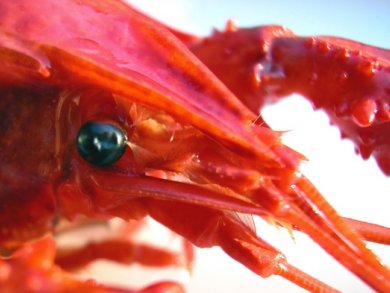Yi Cui, Stanford University, CA, USA, and colleagues developed a sustainable and cost-effective route to prepare nanostructured battery electrode materials. Crab shells with the unique Bouligand structure consisting of highly mineralized chitin-protein fibers were used as biotemplates to fabricate hollow carbon nanofibers.
The team burned off the organic matter on the crab shells, grinded the calcium carbonate shells into a powder and mixed the powder in a solution of dopamine to coat the calcium carbonate in a dopamine polymer. Heating the powder at 800 °C turned the polymer into a layer of carbon. Using dilute hydrochloric acid, the scientists etched away the calcium carbonate shell and received hollow, 65-nm-wide carbon nanofibers grouped into bunches. These can be used to encapsulate sulfur and silicon to form cathodes and anodes for Li-ion batteries.
The resulting nanostructured electrodes show high specific capacities of 1230 mAh/g for sulfur and 3060 mAh/g for silicon and excellent cycling performance of up to 200 cycles with 60 and 95 % capacity retention, respectively.
The authors see this biotemplating concept opening a new avenue for producing nanostructured electrode materials from low-cost sustainable sources.
- Crab Shells as Sustainable Templates from Nature for Nanostructured Battery Electrodes,
Hongbin Yao, Guangyuan Zheng, Weiyang Li, Matthew T. McDowell, Zhiwei Seh, Nian Liu, Zhenda Lu, Yi Cui,
Nano Let. 2013.
DOI: 10.1021/nl401729r



